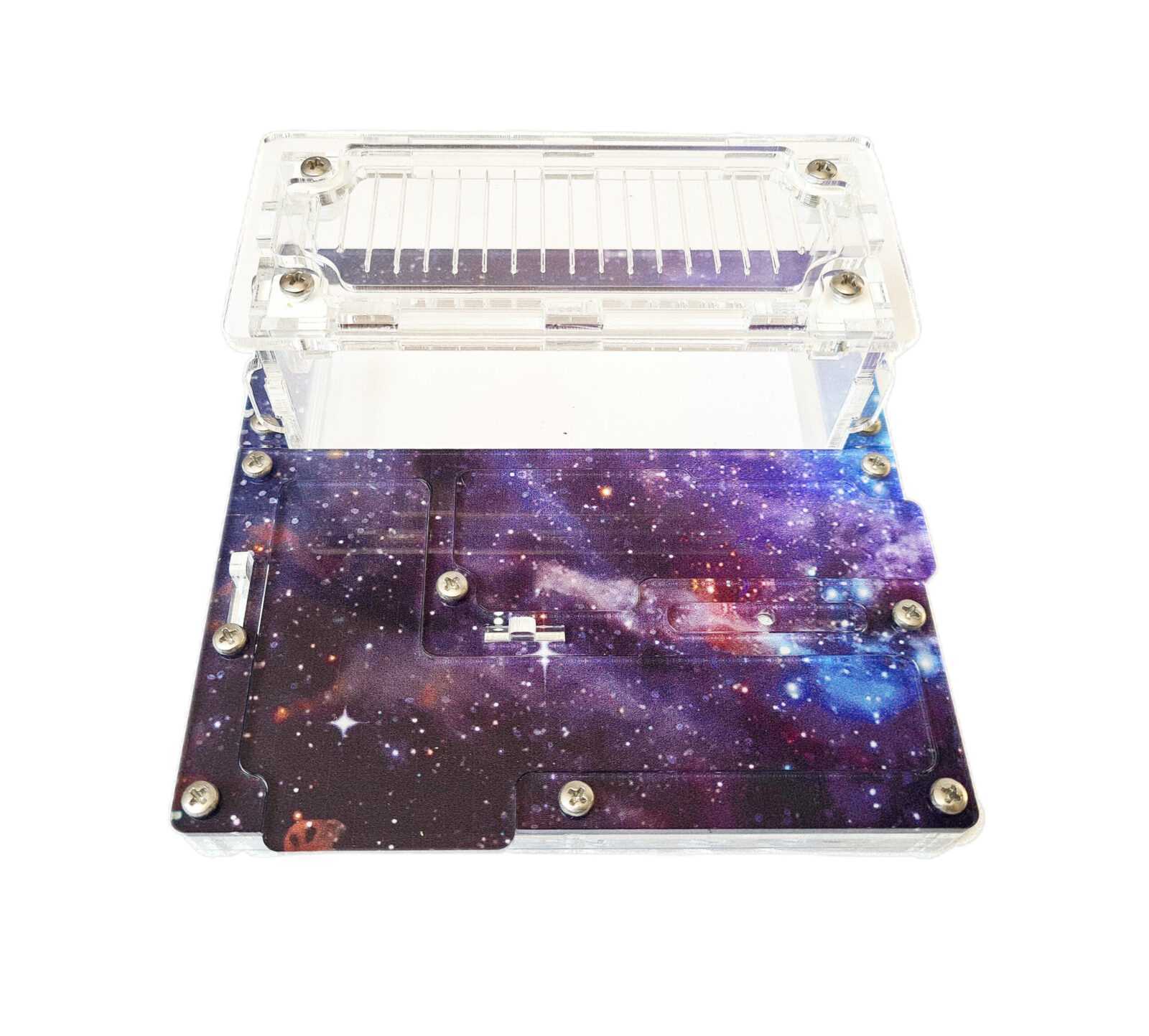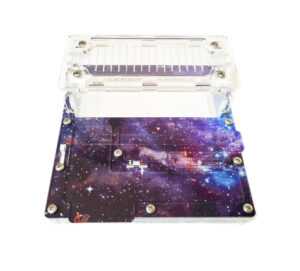How to choose a formicarium?

So you have decided to start breeding ants. Even if you have a small colony, it is worth considering which formicarium will be the best. In this article, we will introduce some rules to follow when choosing a formicaria.
—–YOU SHOULD CHOOSE FORMICARIUM FOR ANTS, NOT ANTS FOR FORMICARIUM—–
1) First you need to choose an ant species
It would seem an obvious rule, but often beginners do the opposite. Before buying an ant, you need to decide what ants you want to breed. Then you need to study the features of the species, and then choose a formicarium taking into account all the features. Some examples:
The most popular ants among beginner growers – steppe reapers – live in semi-deserts, and in nature, they store their seeds in long, dry chambers close to the ground. Therefore, when choosing formicaria, you should look for those models in which there is a moisture gradient.
Tropical ants such as Camponotus nicobarensis are found in the tropics and require high humidity. Therefore, gypsum nests, in which the moisture lasts longer, are better suited for them.
Dry ants do better in woody formicaria.
Of course, not all species have special requirements. But the principle is the same for everyone – first, you need to find out what the ants need, and only then choose a formicarium.
1. The size of ants
The first criterion is the size of the ant. Small terrariums will be intimidated by large chambers, and large bark beetles will not be able to pass through narrow passages. In order to correctly understand what formicarium your colony needs, we came up with a simple rule – take the mother’s height of the selected species in mm, multiply by 1.5 and get the optimal chamber height for a particular species. The size of the aisles should be such that the queen can turn in it.
2. Select the type of formicaria
Rigid formicaria
Benefits:
– You can choose any shape of chambers and transitions /
– Convenient to observe – all chambers are visible.
– Formicaria can be moved without fear without fear of landslides.
– Moisture can persist for several months – the colony can be vacated for a week or two without any consequences.
– Easily connect new modules.
Disadvantages:
– Ants will have to adapt to the shape of the chambers – if formicaria is done incorrectly, the ants will have a hard time.
– If the colony is too small for formicaria, some chambers will become cluttered, which may render part of the nest unusable and may start breeding pests.
– In small formicaria, it is difficult to maintain a constant level of moisture.
Ground formicaria
Benefits:
– Natural habitat for ants.
– No problem with the shape of the chambers – ants have a free choice.
– You can watch the construction of these chambers.
Disadvantages:
– There are landslides.
– The development of the colony is very noticeable. The life of the colony will be hidden from the observer.
– Ticks multiply easily in the soil – therefore in such formicaria there is a serious risk of colony loss.
– Garbage is buried directly into the ground – which can cause mold and odors.
In general, the vast majority of breeders choose rigid formicaria and only rarely use earth – for example, when the specificity of the species requires it. Beginners are also advised to choose rigid home anthill.
3. Select the Formikarium material
An important role is played by the material from which the formicarium will be made – after all, the level of moisture, heat distribution and natural ventilation directly depend on it.
Now let’s look at the types of formicaria.
Rigid formicarium
3.1 Gypsum is a classic option.
It absorbs well and distributes moisture and heat through the nest. Suitable for many species. Some species (Reapers and Pheidoles) can gnaw on soft plaster and keep them more secure.
3.2 Acrylic is an easy-care material, formicaria of various shapes and sizes can be made. The only serious drawback is that it is difficult to maintain constant humidity, you need to moisturize every few days.
3.3 Foam concrete is a good alternative to plaster. It absorbs moisture slightly less, and conducts heat poorly. It is great for large ants.
3.4 Aerated concrete – similar to foam concrete in properties, but more durable. Good barrier for biting species.
3.5 Wood is a good material for dry-loving species. The tree bends and deteriorates when exposed to moisture, so it should always be dry in formicaria.
3.6 Cork is a good option for woody species. It combines the properties of a massive and hard socket. Ants can build their own tunnels.
3.7 Gel – totally unsuitable for ants. A gel cannot be a complete feed and rubbish is formed when feeding. As a result, the formicaria become contaminated and impossible to see behind the ants, and the ants die.
You can combine different materials – such as wood and plaster – to create a gradient environment. All hard formicaria can be painted with water-based acrylic paint.
Ground formicaria
3.8 Sand is the easiest option. you can mix several types/colors of sand and get a beautiful pattern. Landslides happen, be careful when observing. Suitable for desert species.
3.9 Clay is a more practical but dirtier option as well. It keeps its shape well, but it gets dirty, making it very difficult to observe the ant’s life. Suitable for tropical ants.
3.10 Earth / Chernozy is the middle option between clay and sand. In general, it rarely crumbles, but it stains the glass. Mold also grows on it, and the mites hide easily. Good for Atta ants and tropical ants.
Various stones and decorations can be added to the substrate.


4. Various important little things
There are some details that are needed in any formarium.
– Humidification chamber – a separate chamber, not connected to the chambers where ants live, in which water is poured for humidification. If you are doing formicaria yourself, it makes sense to make it large enough to fill the required amount of water at one time.
– Ventilation – In large formaria, the air can stagnate, so add vents. They can be covered with a metal mesh. If the ventilation is too strong, the ants will close it themselves (eg with sand from the arena).
– Temperature and humidity sensors – important device, but not required, but helps to spot deviations from the norm and restore optimal conditions.
– Spacers through which you will be able to easily open new chambers for ants, and additional openings for connecting additional nests or arenas – this is a big plus.
Remember, ants are animals with their own characteristics and needs, and each species is unique and requires special conditions. This is the secret of a good FORMIKARIUM – if the formicarium is suitable for the ants that live in it, the colony will delight you with its rapid growth and active behavior.
After all, that’s why you start your adventure with ants.

